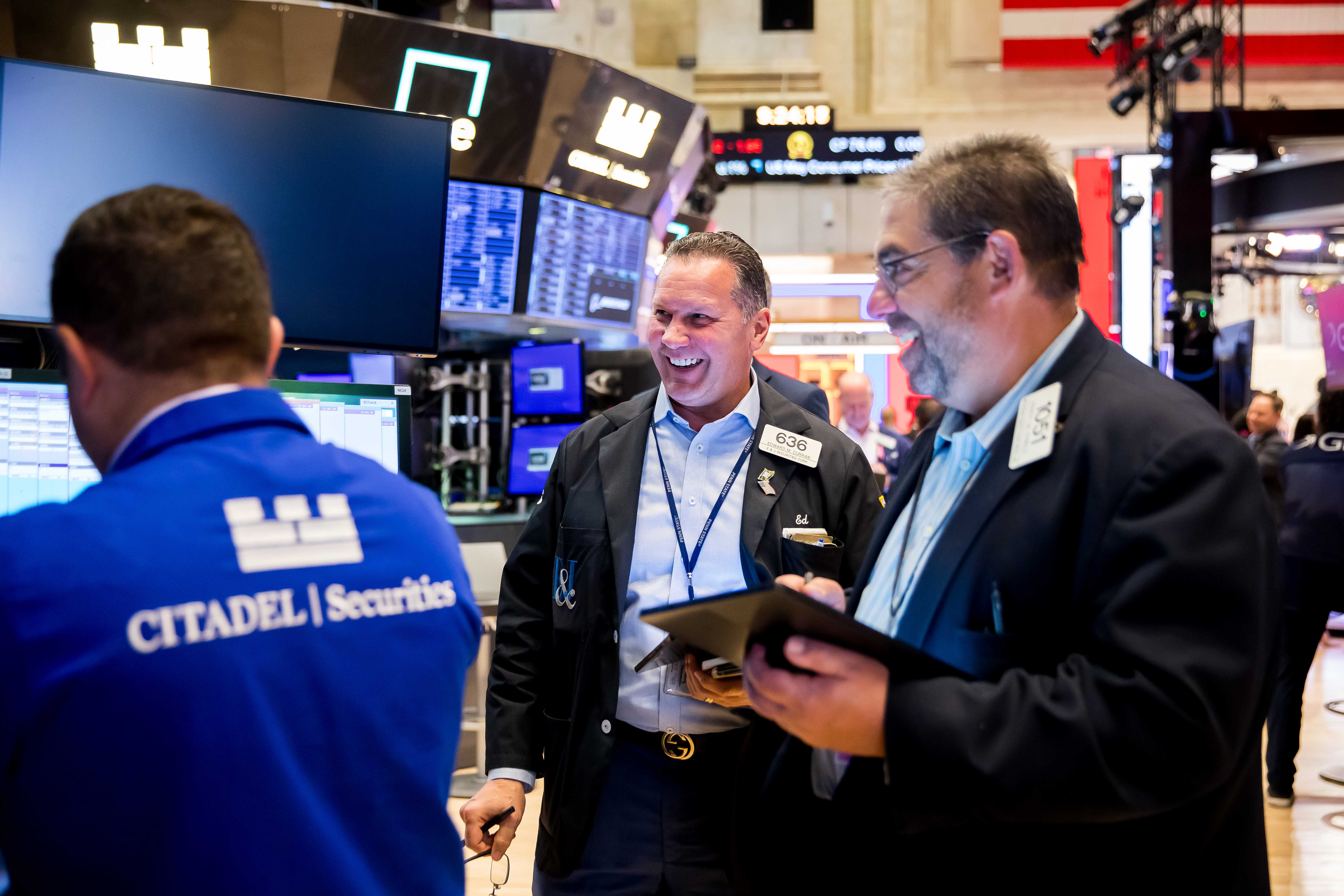Companies are once again considering stock splits, and here's why and which companies could follow suit.

Stock splits, long out of favor, are making a comeback.
On Jan. 30, Walmart announced a 3-for-1 stock split, with the additional shares being distributed on Feb. 23.
On Wednesday, Broadcom announced a 10-for-1 split, and on Thursday, Williams Sonoma announced a 2-for-1 split.
Notable stock splits in 2024 include Walmart's 3-1 split on 2/23/24, CooperCompanies' 4-1 split on 2/16/24, Texas Pacific Land's 3-1 split on 3/27/24, Old Dominion Freight Line's 2-1 split on 3/27/24, Nvidia's 10-1 split on 6/7/24, Amphenol's 2-1 split on 6/11/24, Chipotle Mexican Grill's 50-1 split on 6/25/24, Broadcom's 10-1 split on 7/12/24, Williams-Sonoma's 2-1 split on 7/8/24, Cintas' 4-1 split on 9/11/24, Sony Group's 5-1 split on 10/8/24, Lam Research's 10-1 split on 10/3/
Why the comeback in stock splits?
Stock splits are less frequent now than they were 20 or 30 years ago. During the tech and internet bubble of the late 1990s, stock splits were common. According to David Kostin, chief U.S. equity strategist at Goldman Sachs, about 15% of Russell 1000 firms split their stock annually in the late 1990s, but this was an unusual occurrence.
In the mid-2000s, only about 5% of Russell 1000 companies performed stock splits annually. After the 2008-2009 financial crisis, stock splits became virtually nonexistent.
Importantly, splits did not increase after the market began recovering in 2010.
Institutional investors invest in stocks by purchasing large amounts of money, not individual shares. They typically buy $10 million worth of stock without worrying about the price.
Recently, there have been indications of a slight change in the market. The reason for this may be due to the inflated prices of certain stocks. For instance, Chipotle has not split its stock and is currently trading at over $3,200. In the near future, it will split 50-for-1. Similarly, Nvidia was trading at over $1,200 before splitting 10-for-1.
Some companies seem to prioritize attracting retail investors.
Nvidia and Chipotle both stated that the purpose of the split was to increase accessibility of stock ownership for employees and investors.
Walmart's stock split aims to make purchasing shares accessible to its associates and is part of its ongoing evaluation of trading and spread levels.
Does splitting a stock affect the price?
In theory, no. The value of the company remains the same.
Several positive benefits of trading patterns for split stocks have been observed in academic studies, although these changes are not uniform. A 2022 study filed at the Journal of Risk and Financial Management noted these benefits.
1) trading volumes go up
Improving liquidity allows for more efficient trading of a large number of shares without significantly affecting the price.
3) stock splits increase the shareholder base for the company
These changes may have subtle impacts on the stock price.
Candidates for stock split?
If retail-focused companies are becoming more price-sensitive, there are some clear candidates. The "over $1,000" club in the S&P 500 is shrinking, with Chipotle ($3,230), Broadcom ($1,679), and Lam Research ($1,032) all splitting their stocks.
The companies that did not participate in the stock market rally are Booking Holdings, Autozone, and Deckers Outdoors.
Super Micro Computer ($872) and Costco ($843), both high-priced stocks with a retail focus, recently joined the S&P 500.
If corporate America detects a trend and can draw attention by splitting stocks, retail-facing companies with lower price profiles may also be considered.
ServiceNow ($715) is one of the companies that has never split its stock, along with Ulta Beauty ($397) and Spotify ($305).
Markets
You might also like
- Delinquencies are on the rise while a record number of consumers are making minimum credit card payments.
- U.S. economy state weighs on little changed treasury yields.
- European markets predicted to sustain positive growth.
- Trump hints at imposing a 10% tariff on China starting in February.
- David Einhorn believes we are currently in the "Fartcoin" phase of the market cycle.



















